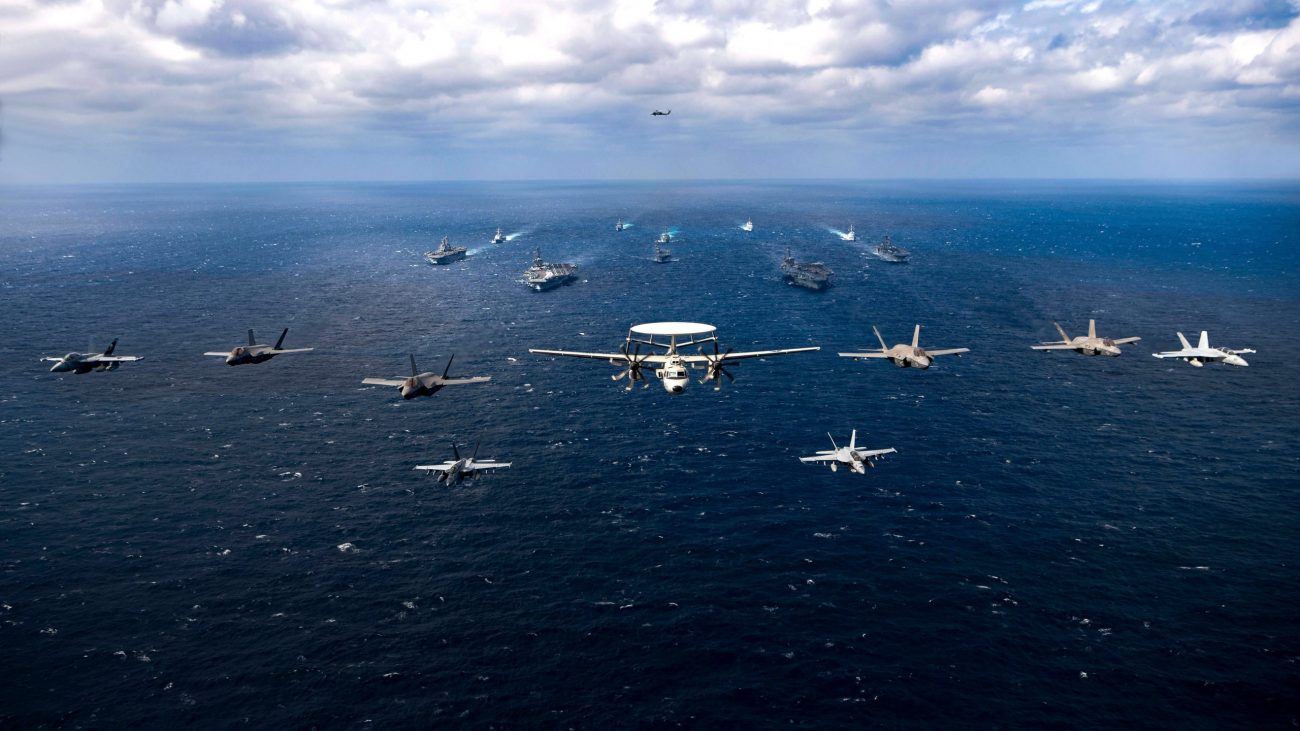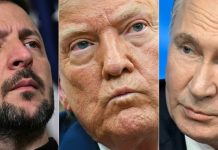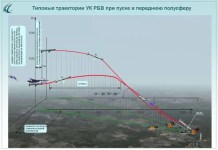Following a dramatic revision of the American force posture in Japan, the US military is prepared to secure expanded access to critical military sites in the Philippines, reported Washington Post.
The report, citing US and Philippines officials, stated that the development shows the allies’ concern over the region’s security situation, which is becoming more unstable, and their willingness to strengthen their partnerships with the US.
The negotiations are still ongoing, and an announcement could come as early as this week. Defense Secretary Lloyd Austin will meet with newly elected Philippine President Ferdinand Marcos Jr. in Manila later this week to secure the agreement.
The agreement would allow the rotation of US forces to various locations throughout the nation, officials said. As part of the expansion, US forces will have access to Philippine military installations, most likely including two bases on the northern island of Luzon.
Analysts believe this may put US forces in a critical position to launch operations in the event of a crisis in Taiwan or the South China Sea. They will also facilitate cooperation on various security issues, such as rapid responses to natural catastrophes and climate-related incidents.
The locations of the other two sites and the number of American forces involved are unknown. In exchange, the United States has provided Manila with military support, including drones, so that Filipino forces can keep an eye on operations in the South China Sea, according to the officials.
In mid-January 2023, US national security adviser Jake Sullivan had a conversation with his counterpart Eduardo Ano as part of a White House initiative to strengthen collaboration with Indo-Pacific partners.
The Philippine official said the enhanced military cooperation with the US “bodes well for our defense posture.” However, he underlined the Philippines’ efforts to improve its security are not directed at any specific nation.
A Philippines-based military analyst Miguel Miranda told EurAsian Times: “Since 2020, the INDOPACOM has been trying to distribute its forces throughout the first island chain, no doubt recognizing China’s rapid enlargement of its conventional military.”
Since 1951, the Philippines, formerly a US colony, has been a treaty ally. After World War II, it housed a sizable American presence, including two of the most prominent American military installations abroad.
This arrangement ended in 1991 when the Philippine Senate ordered the Americans to hand over all of their bases to the Philippines, saying that their sovereignty was being infringed.
Under the government of former president Rodrigo Duterte, widely regarded as the Philippines’ most pro-Beijing and anti-American leader, the mutual defense pact was further stressed.
The Visiting Forces Agreement, which provided legal protection to American forces in the Philippines, was threatened to be terminated by Duterte. However, Duterte dropped the threat after US Defense Secretary Lloyd Austin visited in the summer of 2021 in response to rising Chinese assertiveness in Philippine waters.
Besides this, the two countries also signed an Enhanced Defense Cooperation Agreement (EDCA) in 2014. The agreement allows the US armed forces to deploy troops in the Philippines on a rotational basis, use military bases in the Philippines, redevelop or expand base facilities, and station weapons and equipment.
Miranda explained, “Regarding the Philippines and its recent accommodation of US inquiries about basing troops and resources in the country…it is inevitable. Besides, there’s a prior framework to build upon EDCA.”
A Part Of A Larger US Strategy To Counter China
The agreement is a part of a larger US strategy to deploy smaller formations of soldiers throughout the Indo-Pacific, strengthen current alliances, and forge new ones to challenge China’s expanding influence in the region.
Defense officials indicated that if conflict were to break out, smaller troop footprints rotating across the Philippines might provide US forces with more logistical assistance over a larger region.
A spokesperson for US Indo-Pacific Command, responsible for American military operations in the Indo-Pacific, noted that there is currently 500 rotating US military personnel in the Philippines.
In particular, the deployment of American forces in the Philippines would put them close enough to counter any threats to Taiwan or if China engages in more belligerent actions in the South China Sea.
As a result of Manila’s complex ties with China, reaching an agreement with the Philippines has taken months, according to US officials. The Philippine government is wary of siding with China or the United States.
“Filipino nationalism is usually at odds with geopolitics, so no surprises here. Filipino leaders can have moments where they talk big about an independent foreign policy and balancing their interests. In typical fashion, this doesn’t work because Manila has little to offer allies and never invests sufficiently in national defense. So when the jig is up, the familiar old dependence on the USA comes back,” Miranda said.
“I think it’s important to note the US Navy, in particular, has recognized the significance of water passages in the Philippines, such as the Luzon Strait. The potential for US forces to be based in the Philippines again will be justified by allowing oversight and access to bodies of water like the Lingayen Gulf, the Mindoro Strait, the Celebes Sea, and even the Spratly island group.
These are all locations China can exploit to reach deeper into the Pacific,” he added.

Nevertheless, the US is pushing for smaller rotating force groups in the area to prevent tensions with Beijing, which may see larger facilities as an open challenge to its South China Sea territorial claims.
Meanwhile, the US has also aimed at providing Australia a bigger role in its strategy in Indo-Pacific, where Western nations are growing more alarmed about China’s assertiveness.
For instance, to increase Australia’s military capabilities, the US and the UK stated in 2021 that they would cooperate to help Australia build and run its fleet of nuclear-powered submarines by 2040.
- Contact the author at ashishmichel(at)gmail.com
- Follow EurAsian Times on Google News




